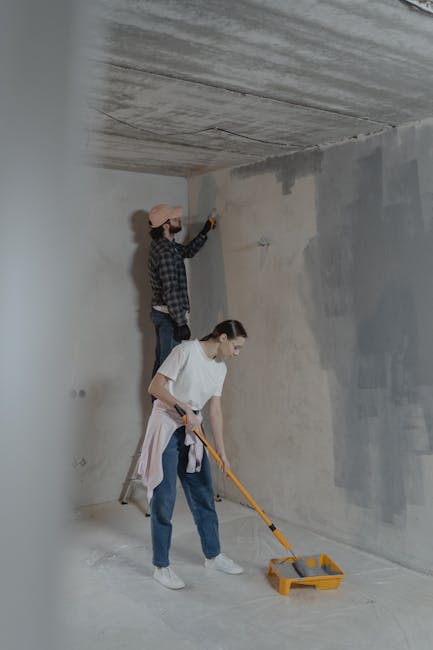 Grasping the Art of Paint and Finishing: Tips and Techniques
Grasping the Art of Paint and Finishing: Tips and Techniques
Paint and completing are important skills whether you’re dealing with a do it yourself project or a specialist task. These processes not only enhance the aesthetic appeal of surfaces however likewise secure products from ecological damage. Recognizing the subtleties of painting and ending up can considerably elevate the quality of your job, causing stunning results that stand the test of time.
The very first step to attaining a perfect surface starts long prior to the brush touches the surface. Preparation is key; it entails cleaning, fining sand, and topping the location to make sure correct attachment of the paint or coating. Ignoring this crucial step can lead to peeling, bubbling, and a total poor look. Put in the time to evaluate the surface you’re working with, repairing any type of damages and ensuring it is clean and completely dry. This attention to information will certainly settle, enabling a smoother application procedure.
Choosing the ideal sort of paint or finish for your job is equally important. There are numerous varieties available, consisting of water-based, oil-based, and specialized finishes matched for various products and settings. Each kind has its own collection of advantages and disadvantages; for instance, water-based paints dry quicker and are less complicated to tidy up, while oil-based paints give a long lasting coating that is excellent for high-traffic areas. Looking into and selecting the ideal item for your details demands will certainly enhance the longevity and appearance of your work.
Once you have actually prepared the surface and picked the proper materials, it’s time to use the paint or coating. Methods such as using a roller or brush, splashing, and even dipping can produce differing outcomes. Employing the best technique involves comprehending the certain requirements of the coating you are dealing with. As an example, brush strokes may leave noticeable lines, while sprayers can create a smooth, even coat without appearance. Bear in mind to apply numerous slim layers rather than one thick layer to prevent drips and make sure an even surface.
Finally, do not underestimate the value of post-application care. Permitting sufficient drying out time is essential, as rushing this step can jeopardize the resilience and appearance of your finished job. Additionally, take into consideration including a topcoat for additional defense, specifically for surfaces that will certainly be exposed to use. With the right techniques in place, you can grasp the art of painting and completing, changing your jobs right into lovely artworks that are both functional and visually enticing.